Keep your telescope trained on the full Moon and you’ll be rewarded with a glimpse of one of its most subtle aspects: its colours.
Some people see colour on the Moon more easily than others – it depends on how perceptive you are to different colours – but once you have recognised lunar colour it becomes more obvious.
The best way to see Moon colour is to attempt to draw it, if only in your imagination. When you’re at the eyepiece think to yourself: "how would I draw what’s on view?"
Would black ink on a white background really be enough to capture the Aristarchus Plateau? No, definitely not.
- Why does the Moon's appearance change?
- How to observe the Moon
- How to find Apollo 11's landing site on the Moon
Would the more subtle use of charcoal or lead depict its shades of grey more faithfully – or would you include coloured pencil, perhaps cream, yellow, or even blue (not to be confused with a blue Moon!), brown and purple?
When you start to think in these terms, you’ll begin to appreciate the Moon’s real colours.The area that stands out most is Wood’s Spot, a patch the shape of a rhomboid with a side 200km (125 miles) long.
In 1910, Prof Robert Wood, a physicist at Johns Hopkins University, Maryland, described the Aristarchus plateau – later known as ‘Wood’s Spot’ – as an elevated region about 2km (1.25 miles) high and 200km (125 miles) across.
He also observed that it was the darkest area of the Moon in the ultraviolet and thought that the area showed indications of sulphur deposits.
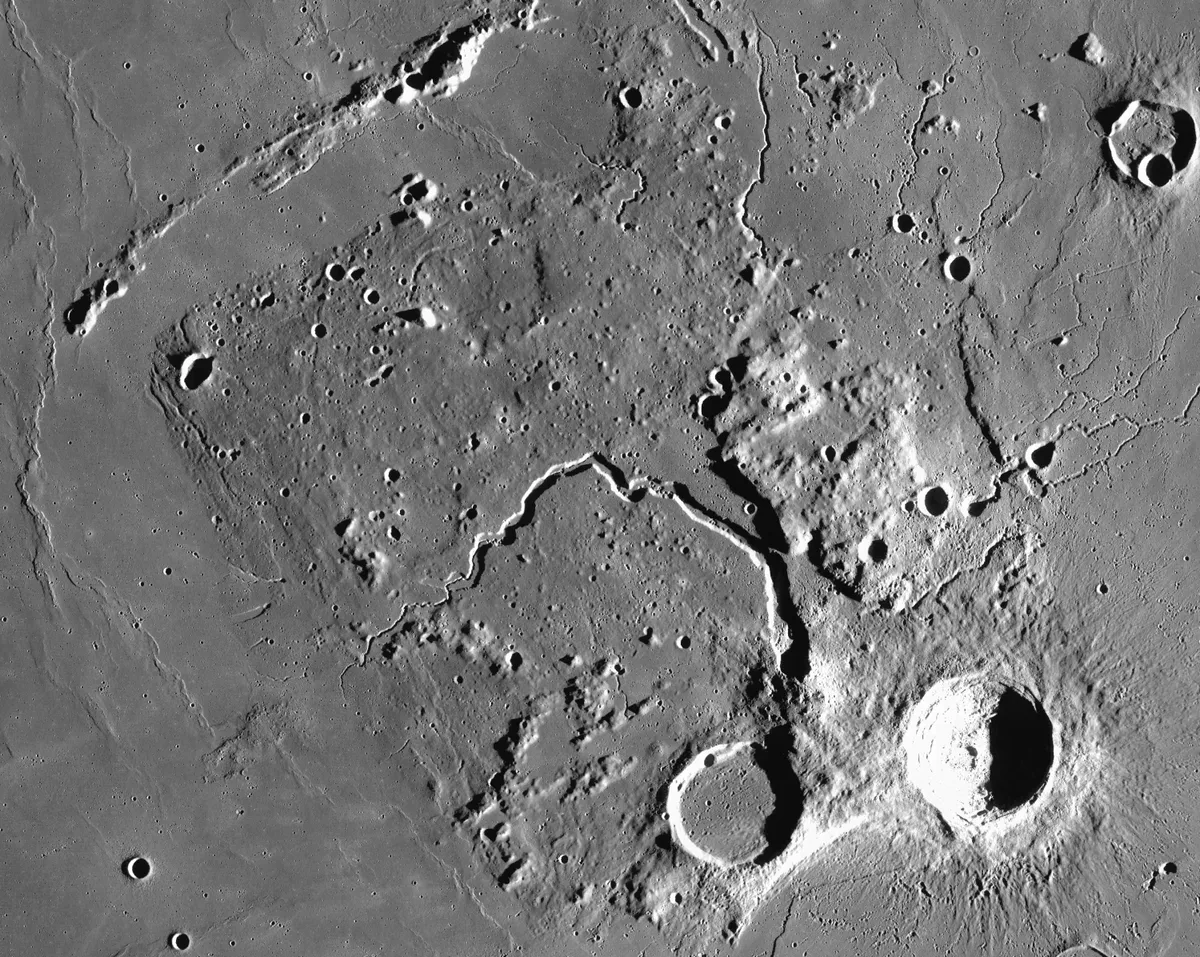
Visually, Wood’s Spot appears distinctly yellow-brown in colour; one reason for this could be the marked contrast with the Aristachus crater, which sits right next to it.
In 2005, the Hubble Advanced Camera for Surveys imaged the Aristarchus region in visual and ultraviolet light.
When compared with photometric data from Apollo 15 and Apollo 17 soil samples, of which the chemistry is known, Aristachus crater was found to have high concentrations of glass in its soil.
It was also found to contain ilmenite, a titanium dioxide mineral, which may account for its bluish colour.Its elevated terrain lies immediately northwest of the well-known lunar crater Aristarchus, which is 40km (25 miles) across.
Even a 3-inch telescope will detect colour here and, with a bigger instrument and a reasonably high magnification, the dirty yellow of Wood’s Spot really shows up.
It compares well with the more neutral greys of the surrounding Oceanus Procellarum and the much brighter, slightly blue-white material immediately surrounding the Aristarchus crater.
Another colourful region, best seen with lower magnification, is Mare Serenitatis.
Its lighter centre is a distinctly ‘warmer’ shade than the dark eastern rim – made up of bluish basalt – that overflows from Mare Tranquillitatis.
Some observers have reported seeing Mare Fecunditatis, near to the crater Langrenus, as a cool green.
However, the warm tints of lava spreading across most of the northeast corner of Mare Imbrium are, to many, more difficult to discern.
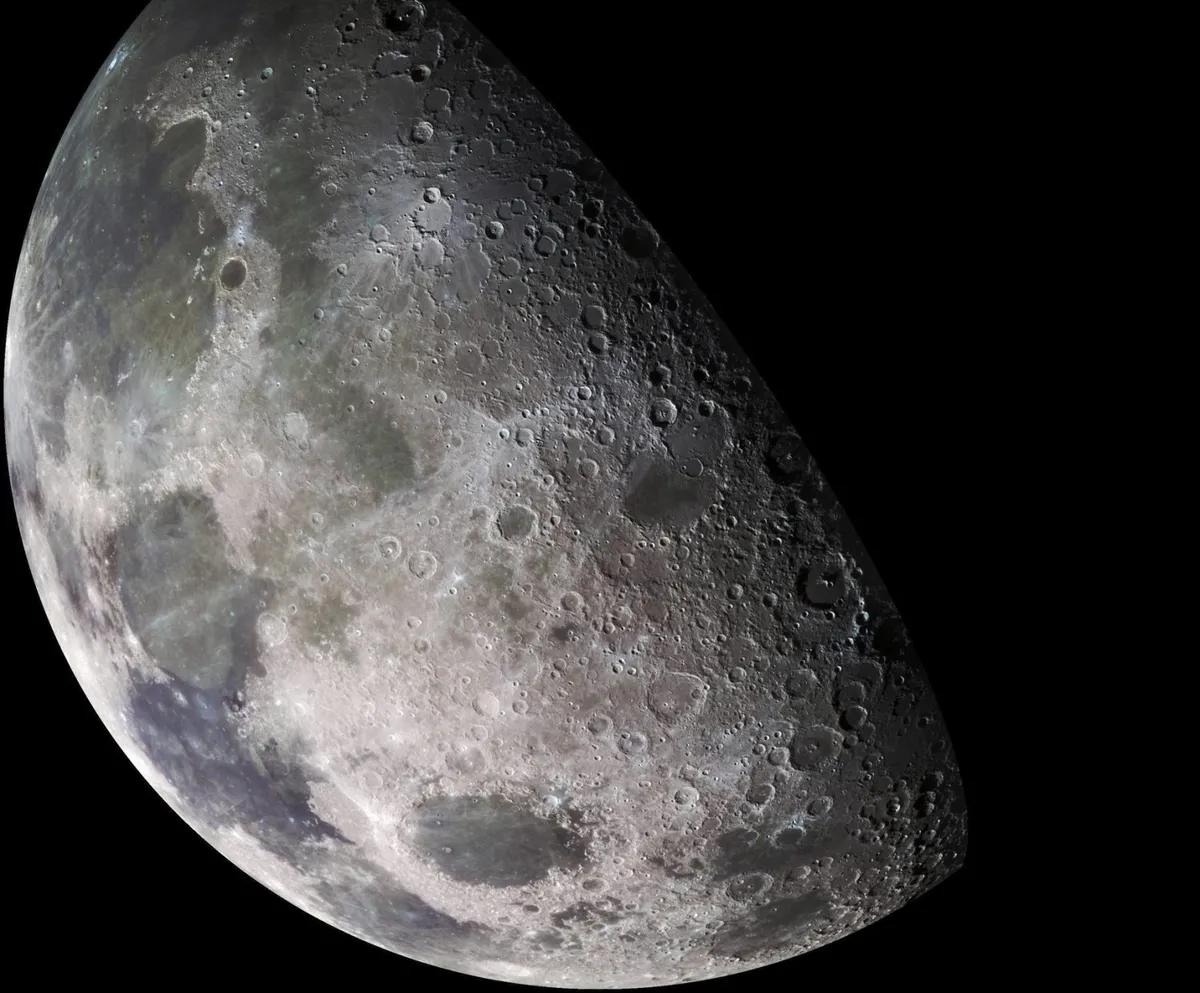
Colour of the Moon's seas
While most of the Moon's seas, known as lunar maria, show some surface colour, the heavily cratered southern hemisphere does not.
This suggests that its bombarded landscape pre-dates by a billion years the formation of the maria, which are younger and more colourful.
The far side of the Moon, again, is much different, because the same side of the Moon always faces Earth.
Moon colour has been useful to professional lunar scientists for the best part of a century.
Since 1910, studies have concentrated on measuring the Moon’s surface brightness with calibrated colour filters – a technique known as colour photometry.
They have also compared monochrome photographs of the Moon taken through different filters, which show the difference in the relative brightness of the surface according to which colour filter is used.
Analysing the colour of the Moon
In 1929, the American astronomer WH Wright used the 60-inch Crossley reflector at the Lick Observatory, California, to take pairs of prime focus photographs of the Moon in ultraviolet and infrared.
In these images, reddish colour showed dark in the ultraviolet, and bluer colour showed dark in the near infrared.
Wood’s Spot showed the greatest difference: it was very dark in the ultraviolet, but barely showed up in the infrared image.
He found the next most conspicuous colour difference in Mare Imbrium, near Sinus Iridum, where the infrared image “showed a dark marking sprawling irregularly over the lower part of the sea and ramifying into the bay”.
Although Wright’s observations didn’t convey what Moon colour really looked like, his technique enabled scientists to compare the reflectivity of the rocks in the lunar ‘seas’ at different wavelengths with rock samples from volcanic areas on Earth.
This established that the rocks of the lunar maria were similar to terrestrial basalts and lavas, decades before physical samples were available.
In the 1950s, monochrome photographs taken by Dinsmore Alter, director of the Griffith Observatory in Los Angeles, were also used to isolate colour differences.
He did this by using blue and infrared filters – he combined a negative image taken in one wavelength with a positive image taken in another.
In this way Alter was able to distinguish between very subtle variations in shade.
By the early 1970s, the Apollo era had arrived and samples retrieved from the lunar surface were compared with terrestrial rocks as ‘ground truth’ material.
These investigations analysed mineral content and the rocks’ spectrophotometric signatures – the intensity of reflected light at different colours – to better understand the Moon’s chemical composition.
Moon colour paid dividends, and was later employed by multi-spectral, remote surveys on orbiting Apollo spacecraft.
The later Clementine lunar mission and the Galileo probe also made observations of lunar colour.
The latter, en route to Jupiter, studied the relative age distribution and stratigraphy, or layering, of lunar cratering that followed the volcanic flooding of the major mare basins some three billion years ago.
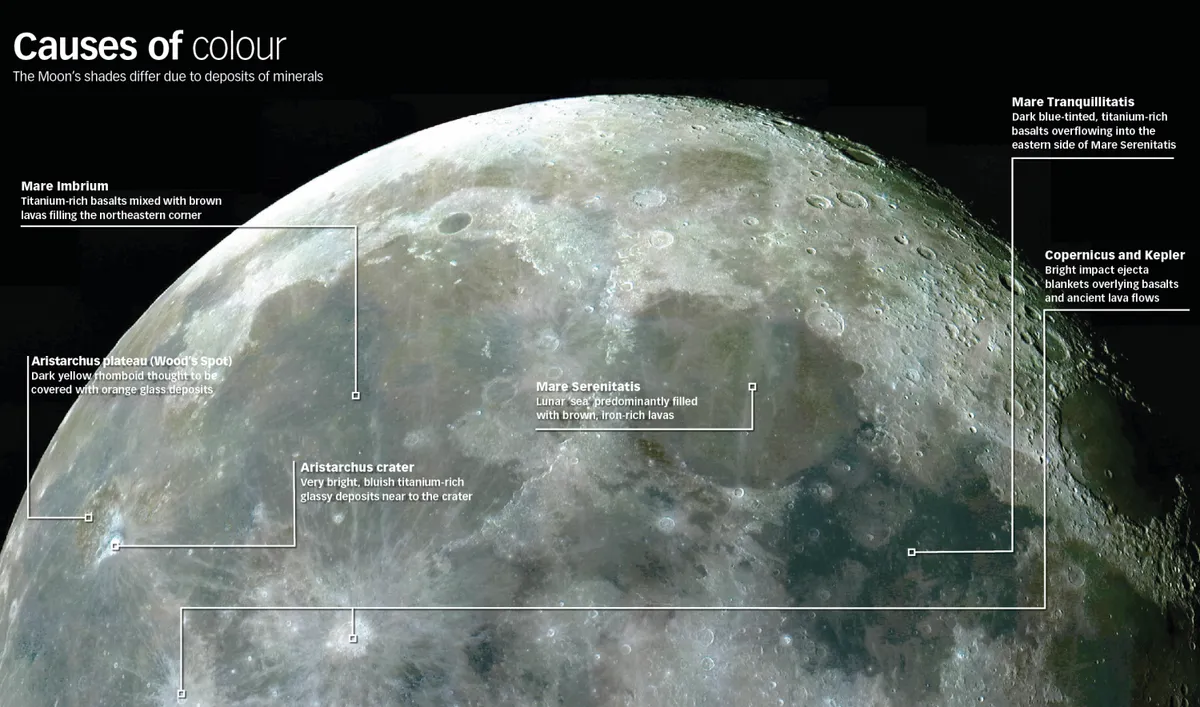
How to observe the Moon from home
So where does this leave amateur observers?
For us, lunar colour has always seemed to be just on or below the threshold of visual detection.This is why most maps of the Moon are monotone.
The only lunar map to show colour was drawn in 1948 by the French astronomer Lucien Rudaux for the original French edition of the Larousse Encyclopaedia Of Astronomy (translated into English in 1967).
This goes to show that any competent observer could have visually investigated Moon colour at any time during the past 60 years, yet few people have recorded it.
A 1940 paper called The Harvests Of Plato by British observer Robert Barker published in the magazine Popular Astronomy carries significant colour references; otherwise the best sources of colour observation are reports from the British Astronomical Association’s lunar section in the Journal Of The BAA.
Two books published during the 1950s and mid-1960s – VA Firsoff’s book Strange World Of The Moon and Gilbert Fielder’s work Lunar Geology – make reference to colour.
Fielder, a Manchester astronomer, carried out his investigations of lunar colour from the Pic du Midi Observatory as part of NASA’s pre-Apollo lunar research project.
However, these are the exceptions – most contemporary Moon books never mention colour because it’s a challenge to see.
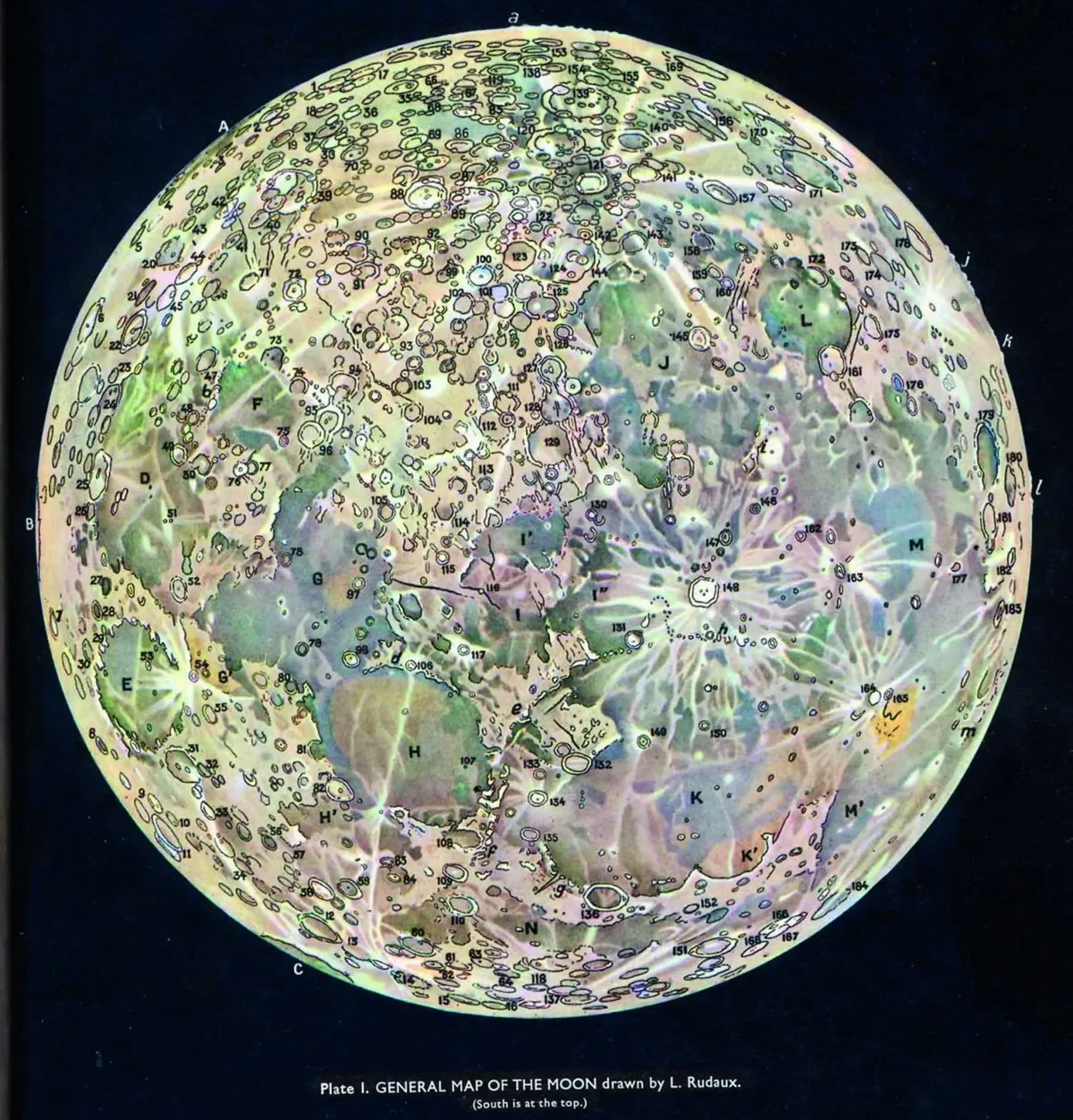
Nowadays, though, we have a new tool: digital photography, which can easily show Moon colour.
Unlike traditional photography, digital pictures of the Moon contain far more information, which can be easily extracted with image-processing software.
Any decent, well-focused picture of the full Moon taken through a telescope can be processed to show its colour.
This is the case whether the image is of the whole disc or a close-up of a particular lunar region.
You’ll need a picture from a digital stills camera, or stacked video images collected from a webcam and combined into a single image, as well as image-processing software to adjust the colour, contrast and brightness.
Make sure you don’t over-saturate the colour – Moon colour imagery must be subtle and delicate if it is to properly reflect what can be seen visually.
With a modest telescope and a cheap webcam, lunar images can show an incredible amount of the Moon’s rock layers.
There is a huge amount of information to be gleaned and interpreted by this simple technique.
Colour literally adds a new dimension to lunar stratigraphy. You can see the Moon’s history in the ejecta blankets from impact cratering and the way they are juxtaposed with older and younger features.
Mare Imbrium becomes a multi-layered structure with reddish lava flows and submerged craters, while Oceanus Procellarum, with its complex over-layering from the impacts of Copernicus, Kepler and Aristarchus, presents an incredibly detailed account of lunar bombardment.
Pools of deep blue basalt show clearly within Procellarum’s complex surface, and there is a distinct bluish colouration surrounding Aristarchus.
NASA’s remote imaging analysis reveals that this may be due to the titanium-rich content of the freshly impacted subsurface and its otherwise much older, sunlight-eroded areas contrasting with the surrounding surface basalts.
Red, iron-rich lava flows on the Imbrian plain stand in contrast to these bluer basalts, while the yellow-brown colouration of the Aristarchus plateau (the area also known as Wood’s Spot) suggests a covering of orange glass, perhaps of pyroclastic origin, laid down during the Imbrian period.
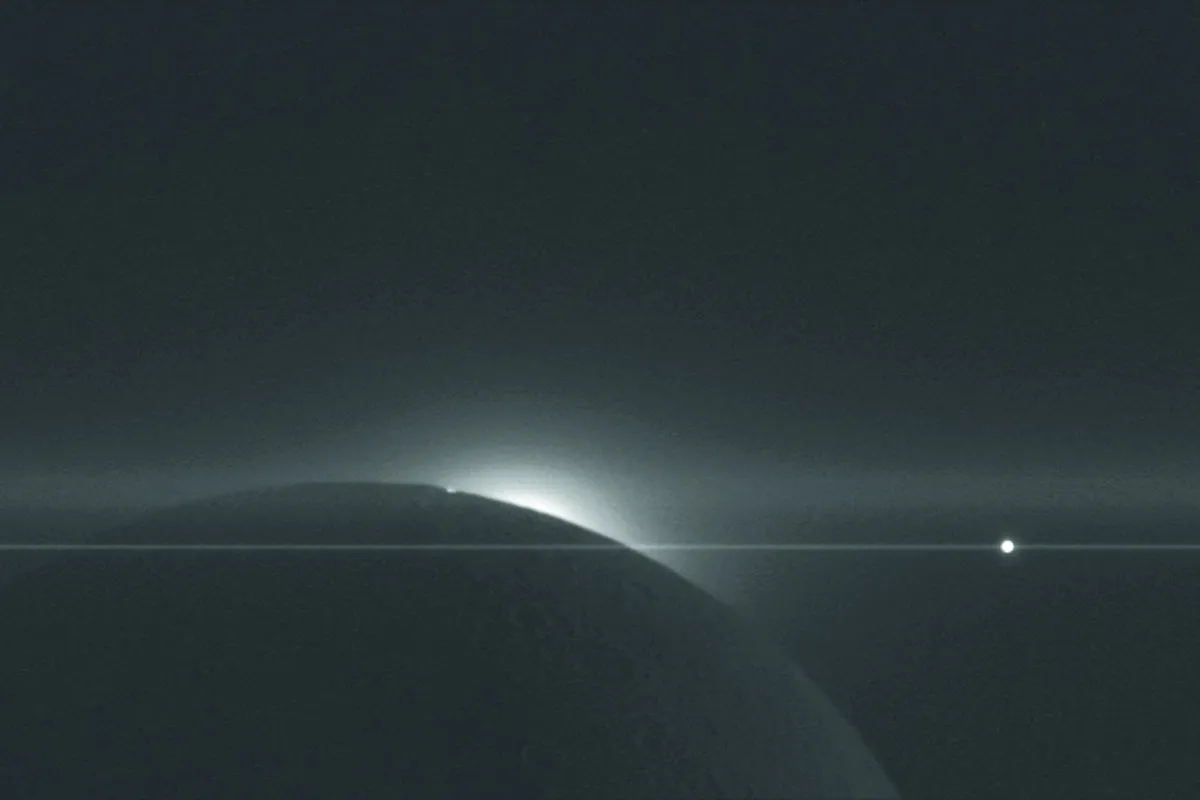
Moon mists
Astronomers since the time of Galileo have observed various transient lunar phenomena (TLP).They have been described as luminous spots that suddenly appear and vanish, localised patches of colour and a temporary blurring, or misting, of the Moon’s fine surface detail.
For a long time, the suspicion was that they were evidence of residual out-gassing from extinct volcanic regions, but this is unproven.
There is also another possible explanation for TLP within the context of widespread surface colouration.
Certain angles of illumination may raise the Moon’s local surface colour sufficiently above the threshold of visual perception that it may cause these kinds of phenomena to appear.
The most comprehensive list of TLP, based mainly on work by observers in the UK and US in the late 1950s – and particularly by the BAA lunar section under the directorship of Patrick Moore – is the NASA Technical Report TR-R277, Chronological Catalog Of Reported Lunar Events (download it here as a PDF).
Shooting the Moon
Looking at the Moon’s colour in this way reveals remarkable detail and can be done from your back garden.
Even if you find the subtle colours hard to see, digital photography can lift these shades above the visual threshold. It also makes comparing the images easier, meaning you don’t need to overlay sets of red and blue images.
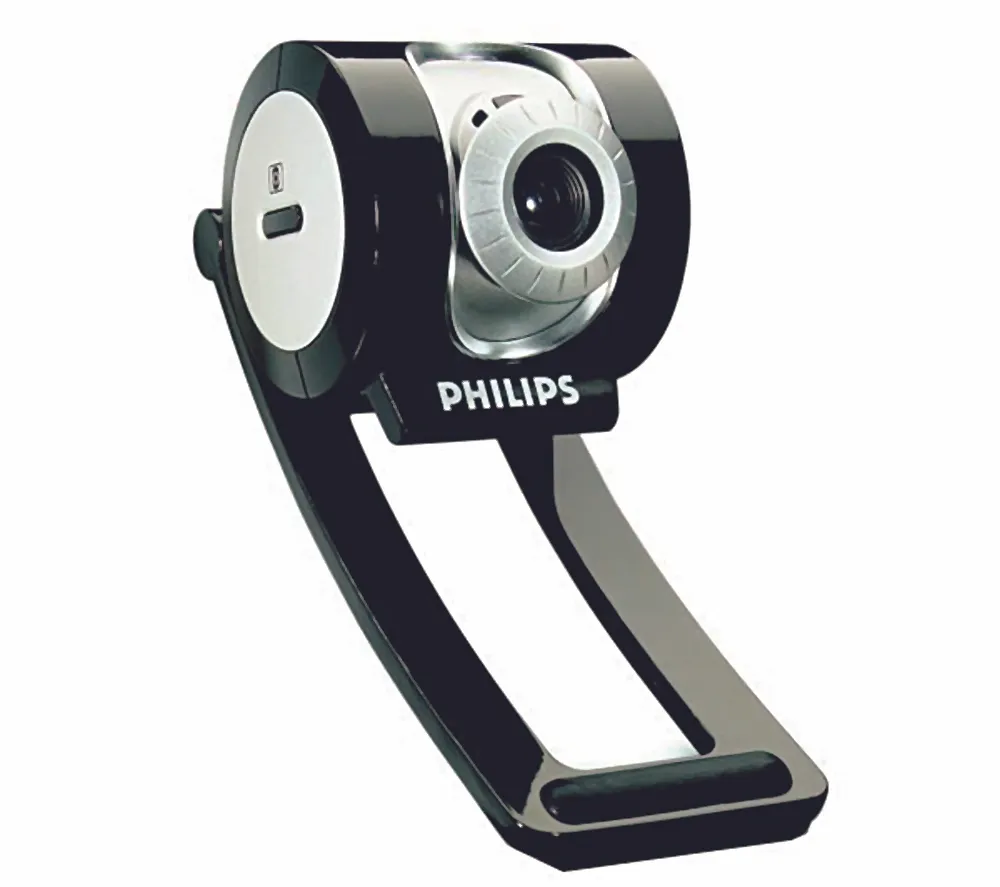
You can capture colour Moon images with a webcam, replacing the eyepiece at the focus of your telescope. Take several hundred frames then stack them using Registax freeware. Alternatively, use a digital still camera or a digital SLR to produce jpeg or bmp images.
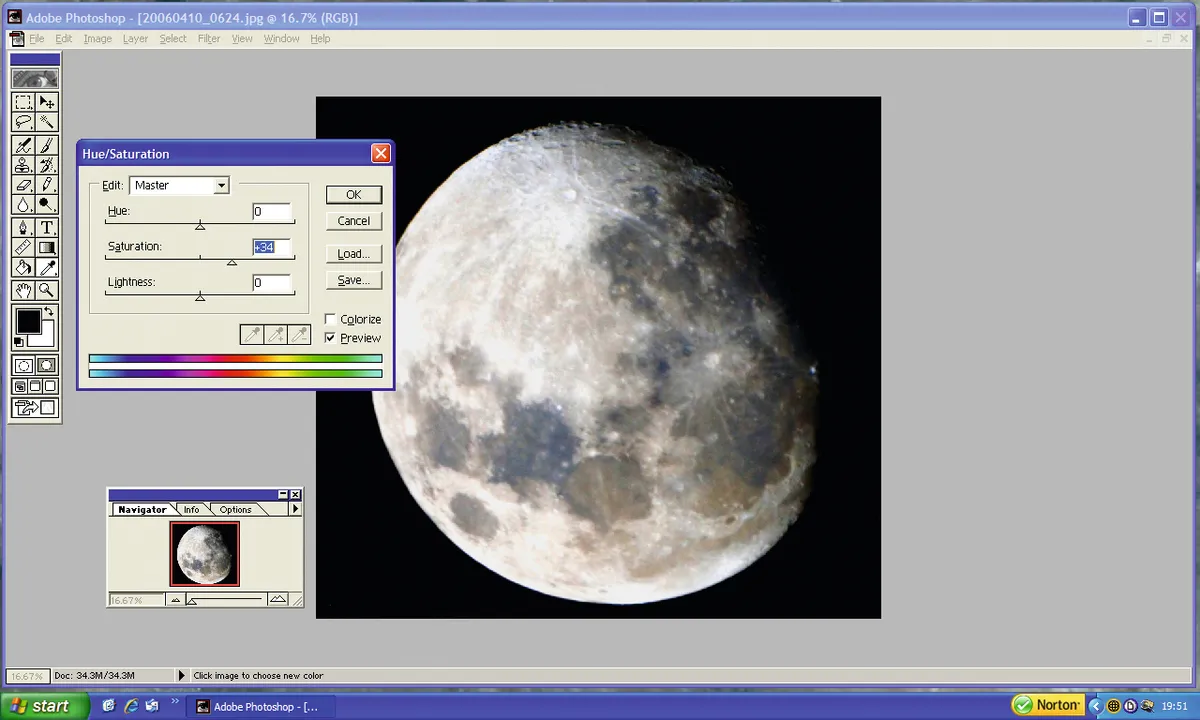
With image-editing software like Paintshop Pro or Photoshop, adjust the contrast and brightness levels of your image. Then gradually increase the colour saturation to bring out the Moon’s colour and show its stratigraphy. But don’t be tempted to over-process the colours.
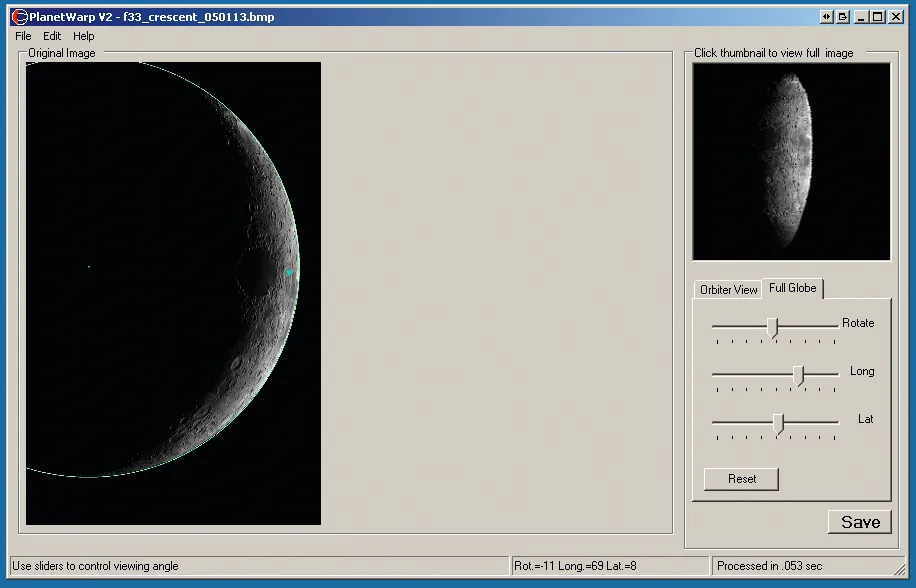
With the downloadable freeware PlanetWarp you can ‘bend’ your lunar images to rid them of the effects of foreshortening, so that you see surface features as though you were observing them from above. The result is a picture of the lunar surface that looks like a geological map.
Try it – you’ll learn much more about our colourful Moon, and don’t forget to send us your results.
